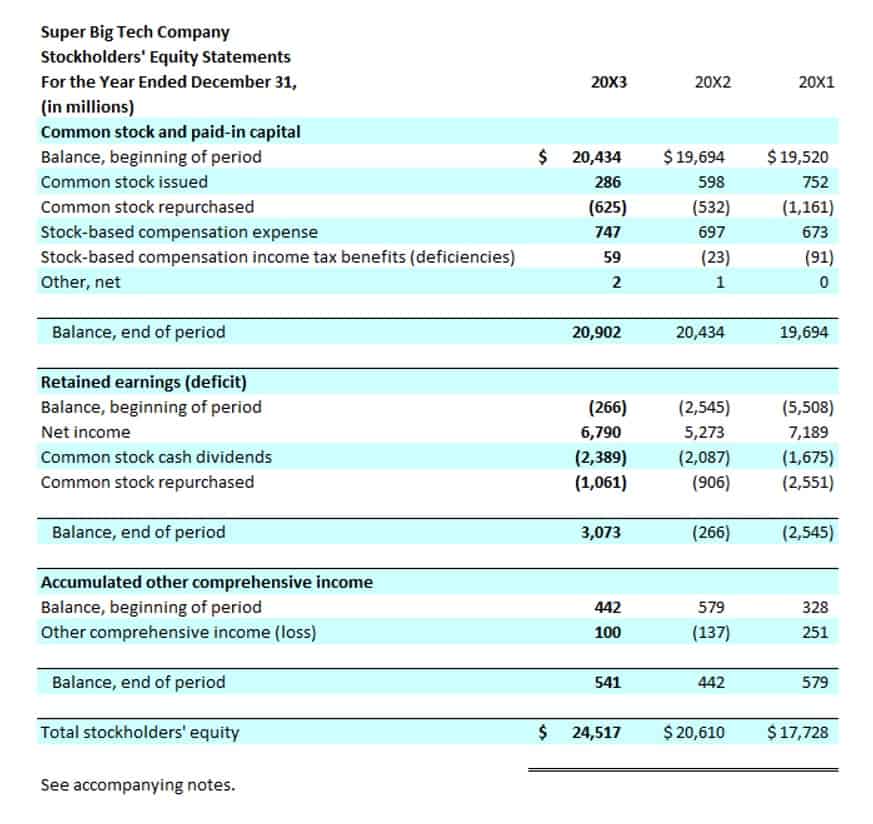
Running semimonthly payroll can be particularly difficult to track when weekends and holidays come into play. If payday falls on a holiday or weekend, te payroll will either need to be https://www.bookstime.com/ paid in advance or delayed through the weekend or holiday, adding another factor to the processing duties. This can mean that employees are paid every second Thursday, for example.

What is a Biweekly Pay Schedule?
Semi-monthly pay involves two pay periods per month, typically on the 15th and the last day, resulting in 24 pay periods per year. Bi-weekly pay occurs every two weeks, leading to 26 pay periods per year. Understanding how it works, its benefits, and potential drawbacks can help both employers and employees manage their finances better. This comprehensive guide explores everything you need to know about semi-monthly pay. We have already established that a semi-monthly payment system has 24 pay periods.
Understanding Semi-Monthly Pay: An FAQ for Remote Business Owners
Just remember, it’s super important to pay overtime correctly or else you could face fines. Among those 44 hours, 28 hours fall in one pay period (before March 30), while 16 hours in the current one (after March 30). In the fast-paced landscape of modern project management, it’s a challenge to manage multiple projects.
What Is a Biweekly Pay?
When you pay employees semimonthly, you can count on paying the same amount to employees each month. The extra two paychecks for biweekly pay frequencies can set your business back if you don’t properly prepare for months semi monthly vs bi weekly with three paychecks. You will need to make sure you have enough money in your payroll account to cover the additional expenses. According to the Bureau of Labor Statistics, 43% of employees are paid biweekly.
Benefits of a Bi-weekly Payroll System
The semi-monthly pay structure can also influence how individuals manage their marginal revenue – the additional income from extra work. Understanding this relationship is key to optimizing financial strategies. Knowing the daily pay rate helps if the employee engages in any project-based work that needs to be paid separately. Calculating the semi-monthly pay is not as simple as it sounds, it requires a bit of technical knowledge. Let us first try to understand the difference between the payment basis mentioned above.
In a semi-weekly pay schedule, employees are typically paid twice a week, which is every two or three days depending on the organization’s payroll policies. This may not be the first choice for many organizations, since frequent payroll processing may place an administrative burden on HR and payroll teams. With biweekly payroll, companies pay their employees every other week for a total of 26 paychecks per year. This model is the most common payroll option in the United States for a number of reasons. Semi-monthly payroll schedules offer employees the benefit of receiving their wages twice per month.
Here’s a closer look at what semi-monthly pay entails, its benefits and drawbacks, and its distinction from other payment methods. For semi-monthly pay, employees receive their salaries in two equal installments a month. The dates are typically on the 1st and the 15th or the 15th and the last of the month. Months having 30 days have two pay periods of 15 days each, whereas months having 31 days have two paydays with one payday having 15 days and the other payday having 16 days.

Set limits, turn tracked time into automated timesheets, and send invoices with Hubstaff. You’re doing direct, simple math, so there’s no need for any advanced semi-monthly pay calculator. According to the US General Accounting Office, the average number of work hours in a calendar year is 2087. With a desktop system, bill payment and bookkeeping for a substantial number of clients is a daunting task.
Example of Biweekly Payroll

Some of his most popular published works include his writing about economic terms and research into job classifications.Jack received his BS from Hampshire College. These mobile technologies can help with data collection so you can analyze user behavior and improve your payroll going forward. By 2030, the US alone will lose $430 billion annually due to low talent retention — and a lot of this turnover stems from low pa…
- When comparing bi-weekly vs. bi-monthly payrolls, you should take into account a few key differences.
- The bi-weekly and semi-monthly payment methods sound similar but are essentially different from each other.
- The semi-monthly pay structure can also influence how individuals manage their marginal revenue – the additional income from extra work.
- Knowing the daily pay rate helps if the employee engages in any project-based work that needs to be paid separately.
- Delving into the distinctions between semi-monthly pay and bi-weekly pay reveals nuanced differences that can significantly impact financial planning.
- Unlike bi-weekly pay, where there are 26 pay periods in a year, semi-monthly pay results in 24 pay periods annually.
- The dates are typically on the 1st and the 15th or the 15th and the last of the month.
